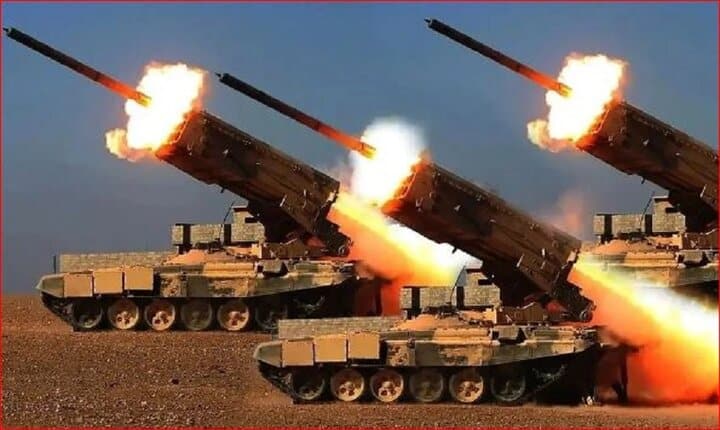Negotiation table or battlefield; Which resistance tactics work?
While the crimes of the Zionist regime in Gaza are in the last days of the twelfth month, the cease-fire negotiations are losing more color every day with various false excuses from the authorities of this regime.
The Zionist regime and the Hamas resistance movement, with the mediation of Qatar and Egypt and with the presence of the United States, started indirect and high-stakes negotiations to reach an agreement a few months ago. Currently, there are several disputes, one of the most important of which is the insistence of the Prime Minister of the Zionist regime, Benjamin Netanyahu, on occupying the Philadelphia axis on the Gaza-Egypt border. Meanwhile, Hamas insists on the complete withdrawal of Zionist forces from this area.
The Zionist newspaper “Haaretz” recently quoted a foreign diplomatic source who is aware of the negotiations regarding the ceasefire in the Gaza Strip and the exchange of prisoners between the Zionist regime and the Palestinian resistance, and announced: Netanyahu’s insistence (continuation of the occupation) of the Philadelphia axis is the main reason for the failure. It is a prisoner exchange agreement.
Of course, during this time, Netanyahu’s hand has turned to the world and everyone has realized that he is not willing to accept a ceasefire to stay in power and make achievements. Despite widespread protests by the residents of the occupied territories and domestic and international requests to end the war and return the Zionist prisoners, Netanyahu insists on this war because he is afraid of being tried after the ceasefire for not achieving the alleged goals.
In such a situation, with the failure of the new round of Doha-Cairo negotiations and the non-establishment of a ceasefire in the Gaza Strip, the members of the resistance axis once again reconsidered their tactics and increased the level of attacks against the Zionist regime in the higher layers of the resistance. The change of approach is evident in the field behavior of Lebanon’s Hezbollah, Yemen’s Ansarullah, and Iraq’s Kataib Hezbollah.
Hezbollah’s combined attacks are the result of frustration at the negotiating table
Parallel to the failure of the cease-fire negotiations, we are witnessing the intensity of the action of the resistance axis, especially the combined rocket-missile-drone attacks by the Lebanese Hezbollah against the Zionist regime.
At the beginning of September, the first stage of Hezbollah’s operation was launched in response to the martyrdom of Fawad Shekar, and more than 300 rockets and drones were fired by the Lebanese resistance into northern occupied Palestine.
At that time, Hezbollah listed the targeted points in a statement, which were: “Miron”, “Nafi Zeif”, “Zatoun”, “Al-Za’oura”, “Al-Sahl”, “Ain Ze Tim”, “Ramot” bases. Naftali” as well as several barracks and bases in the occupied Golan, including “Kilea”, “UF”, “Nafah” and “Yordan”.

